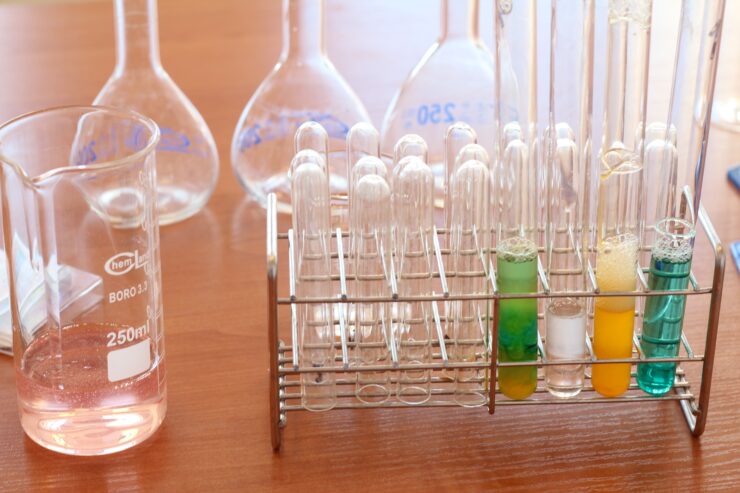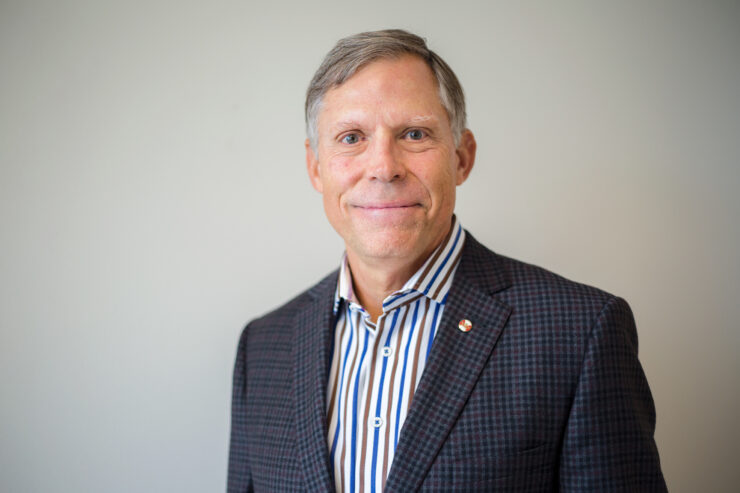Scientists take to the streets to inspire women and girls to pursue careers in science, engineering, medicine
The ByWard Market was full of its regular hustle and bustle on Saturday, but what drew in many passing by was an initiative that transformed the market into a learning opportunity for the scientifically curious.
Soapbox Science, an organization devoted to encouraging future generations to pursue careers in the field of STEMM (science, technology, engineering, mathematics and medicine) by challenging gender stereotypes, has successfully organized events in 57 cities around the world since 2011.
This year, Soapbox Science came to Ottawa, thanks to the initiative of local organizer Janelle Fournier, 12 local female researchers and several volunteers.
Fournier, a former science teacher now working on her PhD in education at the University of Ottawa, was introduced to Soapbox Science at an engineering conference in Toronto.
At the prospect of bringing the Soapbox Science to the city, Fournier said she thought the initiative seemed like a “fun and interactive way to engage people in STEMM.”
Fournier said she decided to pursue her background of biomedical biology thanks to a few key teachers in high school who engaged her in science. In a similar vein, she says she hopes people who haven’t necessarily thought about pursuing STEMM might be able to engage with people at the event.
The event offered a chance for younger generations who might have not considered a potential future in STEMM to spark an interest in the “hard sciences.”
Donatille Mujawamariya, a professor in the U of O’s faculty of education, said she chose to get involved with the event at the prospect of encouraging gender diversity in STEMM. Mujawamariya said encouraging women to aim for careers in math and science benefits society.
Twelve scientists at the event took turns giving the public an hour-long synopsis of their area of research.
Isabel Rojas-Ferrer, a cognitive ecology PhD candidate at the U of O, challenged the public with an entertaining mini-lecture.
Rojas-Ferrer’s mini-lecture showcased how birds gather information in order to survive in constantly changing environments with an interactive activity.
Rojas-Ferrer says inspiring women to pursue careers in STEMM “is just adding to us as a society, because suppressing a group also suppresses creativity … and all the possibilities of learning in itself.”





